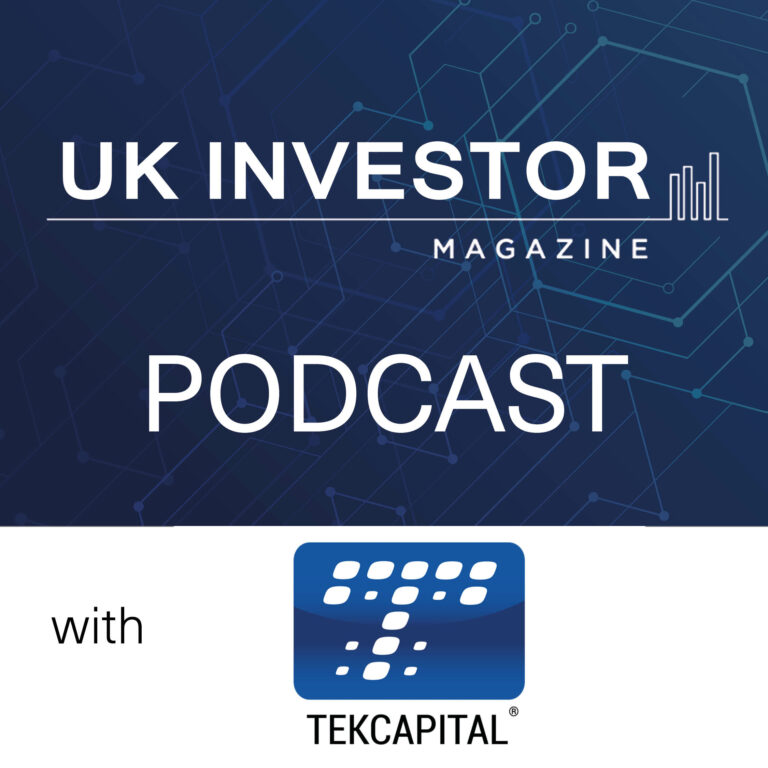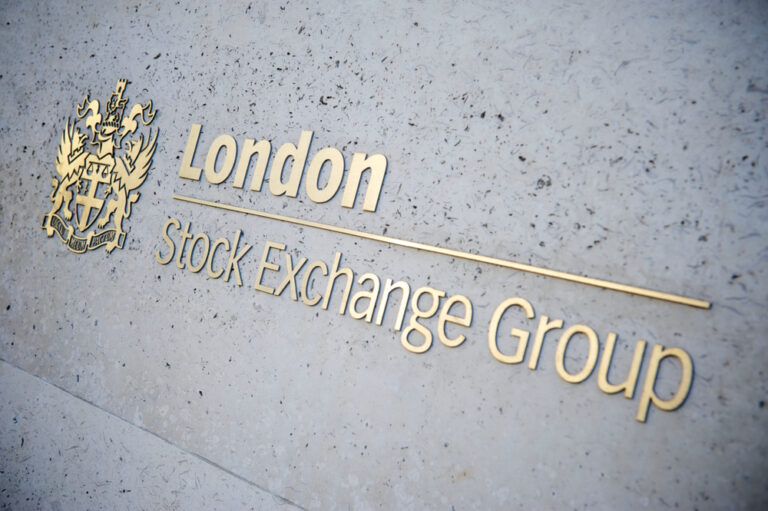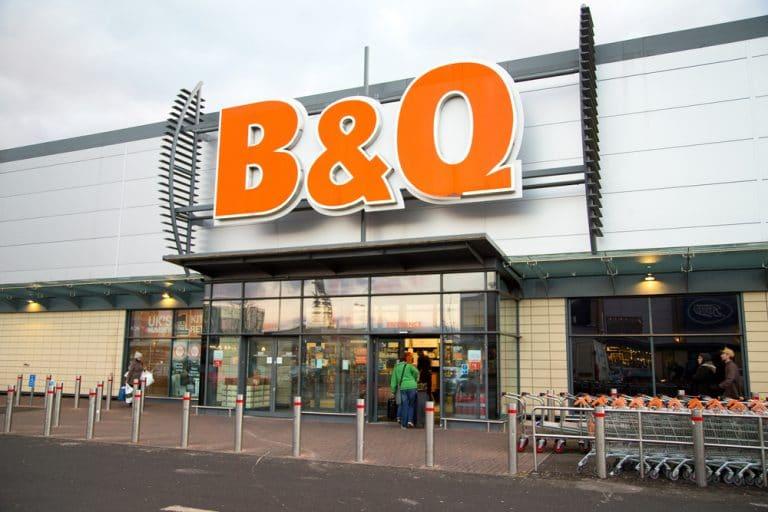European shares showed one of the first signs of approval for a decision made by Donald Trump since he won a second term on Monday.
Stocks rose on the news Hedgefund manager Scott Bessent was selected as Trump’s pick for Treasury Secretary, avoiding some of the more maverick choices that may have be detrimental to Europe.
Hopes are that Bessent’s background in finance and markets will soften Trump’s approach to tariffs that could be extremely damaging for US- Europe trade. Europe shares have been under pressure since Trump’s victory, and investors have cheered what may be the aversion of the worse scenario for European trade.
The FTSE 100 rose on the news, gaining 0.2% as of 12.40pm on Monday.
“The FTSE 100 made a decent start on Monday morning after US president-elect Donald Trump’s pick for Treasury secretary got a warm reception from the market,” said AJ Bell investment director Russ Mould.
“Hedge fund manager Scott Bessent is perceived as being a relatively conventional and safe pair of hands candidate and the market gains in Europe following the news were matched in Asia. Importantly, Bessent is seen as being less aggressive on tariffs than some of the rhetoric espoused by Trump on the campaign trail.
“A fall in bond yields in response to his unveiling suggests some of the concern about a new wave of inflationary pressures from import tariffs has eased and that Bessent might be able to do something to bring the US deficit under control. He has also spoken in favour of corporate tax cuts – solidifying a part of the new administration’s policy agenda which appeals to investors.”
The FTSE 100’s gains were reasonably broad on Monday, with around 60% of constituents trading in positive territory at the time of writing.
JD Sports was the top riser following an upgrade by Deutsche to ‘hold’ from ‘sell’. JD Sports shares sank after warning on profits last week amid slow US and UK trading. Shares in the sports retailer jumped 6% on the broker move shareholders could signal the worst of the selling is over.
Another company feeling the pressure of slow retail trade on Monday was Kingfisher. The DIY specialist called out Labour’s budget as a reason for reducing its profit outlook, as the group feels the pinch of slower trading and increased taxes.
“Shares fell sharply after the company detailed the effect of the Budget on its business. It’s a huge employer and the NIC rise will cost the group around £31 million, unless it finds ways to mitigate the increase. It’s latest sales snapshot has revealed deep caution prevalent among UK consumers in the run up to the Budget,” said Susannah Streeter, head of money and markets, Hargreaves Lansdown.
“The rumour mill churning out expectations of widespread tax rises, dented sales in October, after a stronger performance in August and September. It meant that total group sales of £3.2 billion for the three months between August and October were 1.1% lower than the same period last year, on a like-for-like basis. As a result, it’s lowered the top end of its annual profit outlook, disappointing investors. The Budget has been a set-back as sentiment among shoppers had been improving, crucially for bigger-ticket items.”
Kingfisher was the top faller with losses of 12%.











